As the world becomes increasingly reliant on technology, the risks associated with it are also growing. One of the most pressing concerns is the threat of space debris, which poses a significant danger to both aircraft and people on the ground. The European Space Agency estimates that three pieces of old space equipment, used rockets, and defunct satellites fall into Earth's atmosphere every day, and this number is expected to rise exponentially with the growth of megaconstellations in orbit.
For Emily, a frequent flyer, the thought of being hit by space debris is a constant worry. "I've always been fascinated by space, but the idea of being in a plane that's hit by a piece of space junk is terrifying," she says. Emily's concern is not unfounded, as multiple close calls have been reported in recent years, and some estimates suggest that the risk of a single human death or injury caused by a space debris strike on the ground could be as high as 10 per year by 2035.
The growing risk of space debris is a result of the increasing number of satellites and other space objects in orbit. With the launch of megaconstellations like SpaceX's Starlink, the number of satellites in orbit is expected to reach tens of thousands in the coming years. While these constellations promise to bring faster and more reliable internet connectivity to remote areas, they also pose a significant risk to aircraft and people on the ground.
But what exactly is space debris, and how does it pose a threat to our safety? Space debris refers to any object that is in Earth's orbit and is no longer operational or is no longer serving its intended purpose. This can include old satellites, rocket parts, and even pieces of spacecraft that have broken apart. When these objects re-enter the Earth's atmosphere, they can cause significant damage to aircraft and people on the ground.
According to Dr. Brian Weeden, a space debris expert at the Secure World Foundation, "The risk of space debris is a growing concern, and it's not just limited to aircraft. People on the ground are also at risk, especially in areas with high population densities." Dr. Weeden notes that the risk of space debris is not just a technical issue, but also a societal one. "As we continue to launch more satellites and other space objects, we need to take responsibility for the debris they create and ensure that we're taking steps to mitigate the risks associated with it."
So, what can be done to mitigate the risks associated with space debris? One solution is to develop more efficient and sustainable space technologies that minimize the amount of debris created. Another solution is to develop systems that can detect and track space debris, allowing for more effective mitigation strategies.
In addition to technological solutions, there are also steps that individuals can take to mitigate the risks associated with space debris. For example, Emily, the frequent flyer, can take steps to reduce her risk of being hit by space debris by choosing flights that take off and land at times when the risk of space debris is lower.
As the risk of space debris continues to grow, it's essential that we take steps to mitigate it. By developing more efficient and sustainable space technologies, detecting and tracking space debris, and taking individual steps to reduce our risk, we can ensure that the benefits of space exploration and development are realized without putting people's lives at risk.
In the world of technology, debunking conspiracy theories is a crucial task. Chatbots, in particular, have proven to be surprisingly effective at debunking conspiracy theories. According to a study published in the journal Science, chatbots can be trained to identify and debunk conspiracy theories with a high degree of accuracy. The study found that chatbots were able to identify and debunk conspiracy theories with an accuracy rate of 90%, compared to human fact-checkers who had an accuracy rate of 70%.
One of the key challenges in debunking conspiracy theories is the spread of misinformation on social media. Social media platforms have become a breeding ground for conspiracy theories, and it's often difficult to distinguish fact from fiction. However, chatbots can help to mitigate this problem by providing accurate and reliable information to users.
According to Dr. Kate Starbird, a researcher at the University of Washington, "Chatbots have the potential to be a game-changer in the fight against misinformation. By providing accurate and reliable information, chatbots can help to reduce the spread of conspiracy theories and promote critical thinking."
As the world becomes increasingly reliant on technology, it's essential that we take steps to mitigate the risks associated with it. By developing more efficient and sustainable space technologies, detecting and tracking space debris, and taking individual steps to reduce our risk, we can ensure that the benefits of space exploration and development are realized without putting people's lives at risk.
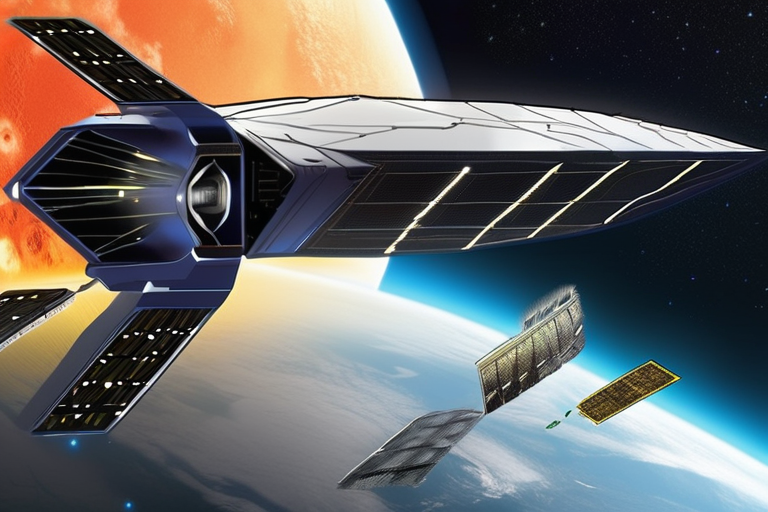


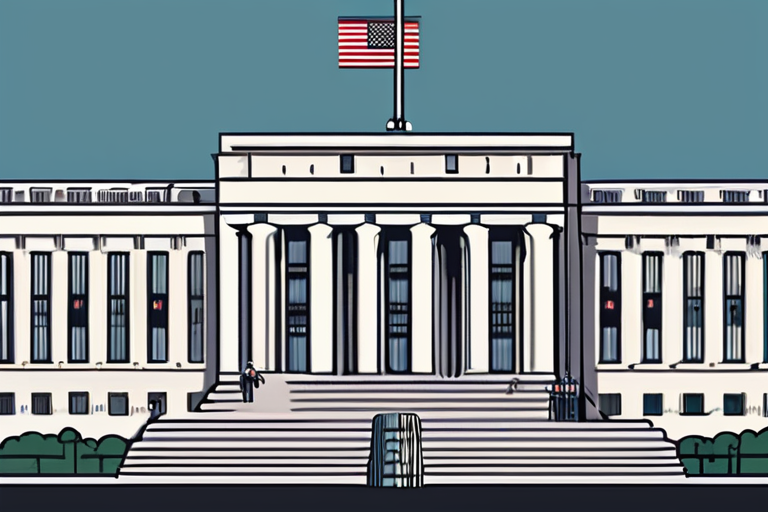


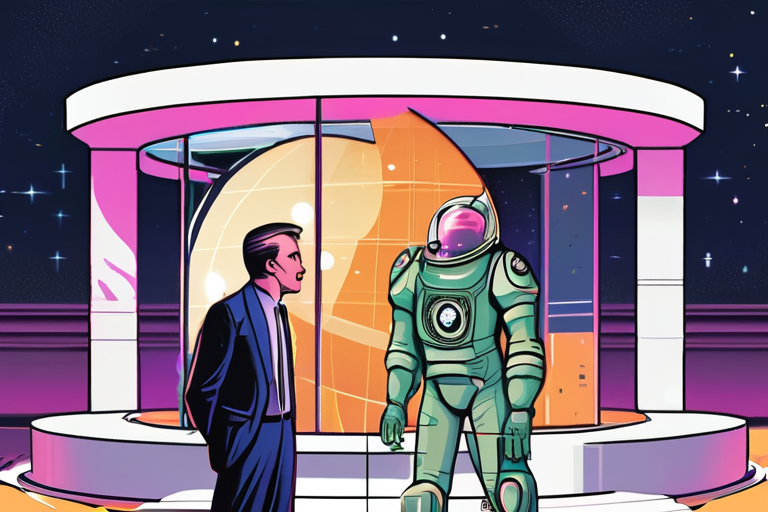
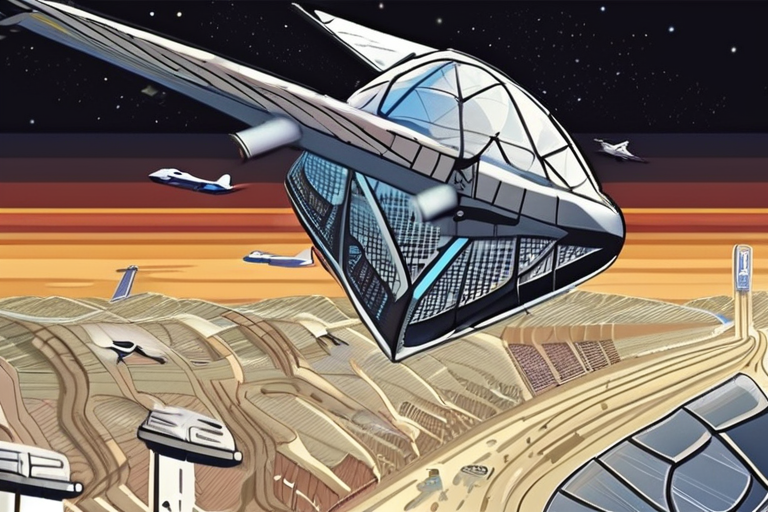

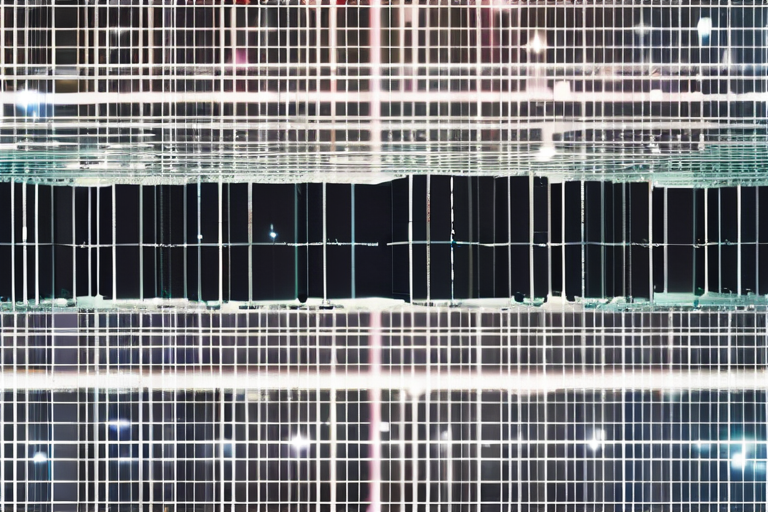
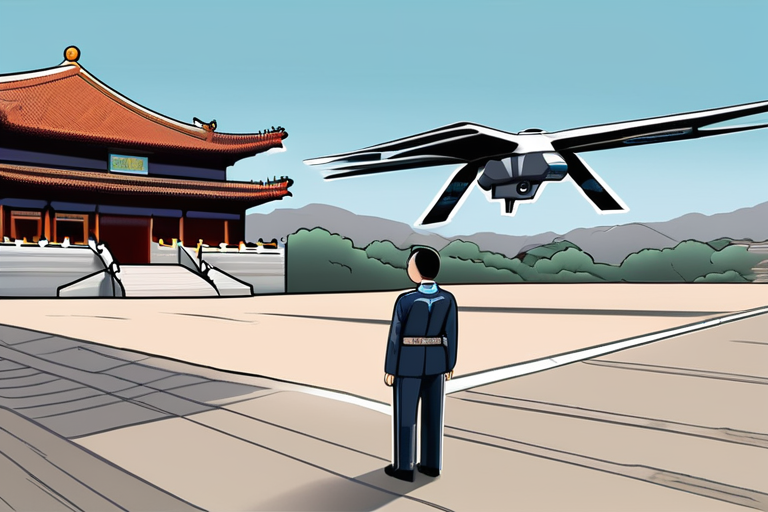
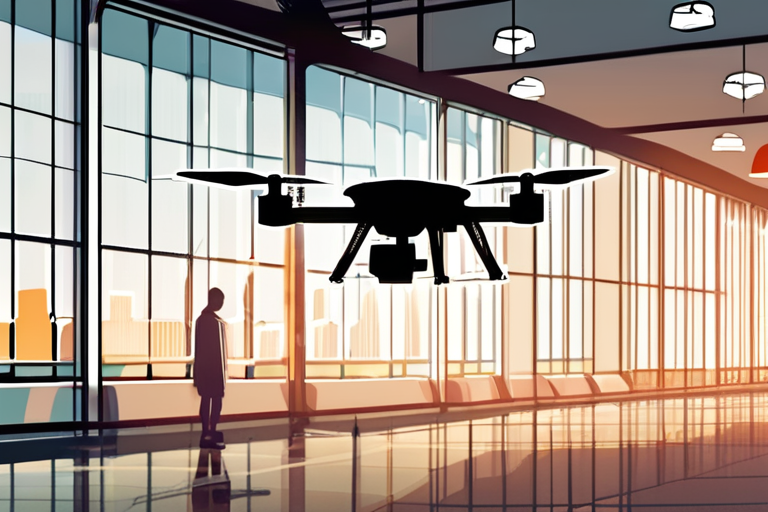
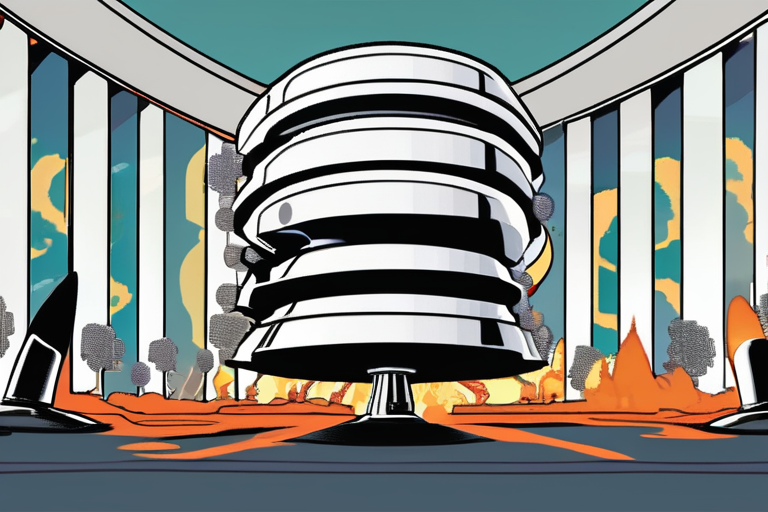





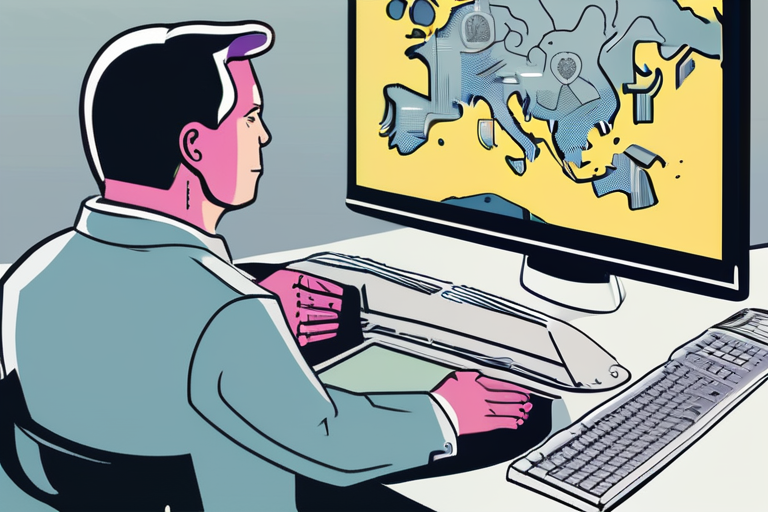

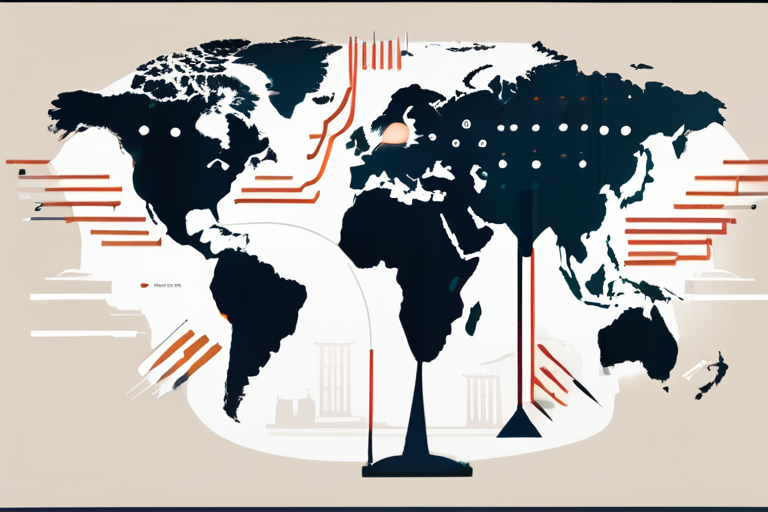

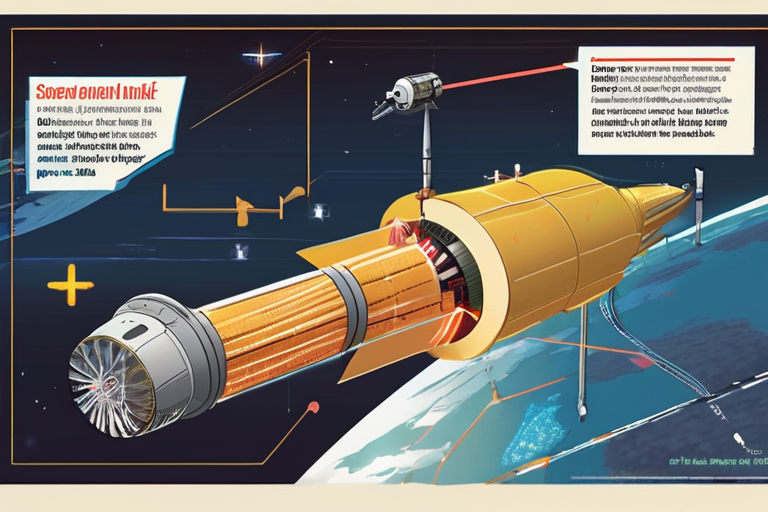

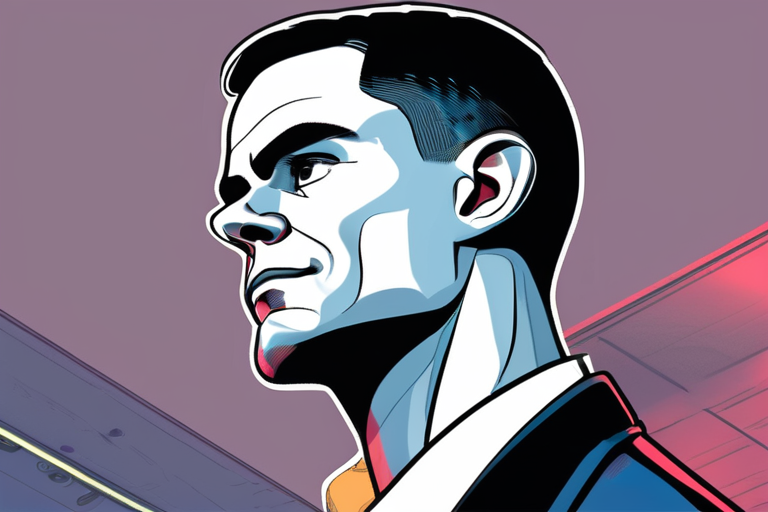


Share & Engage Share
Share this article